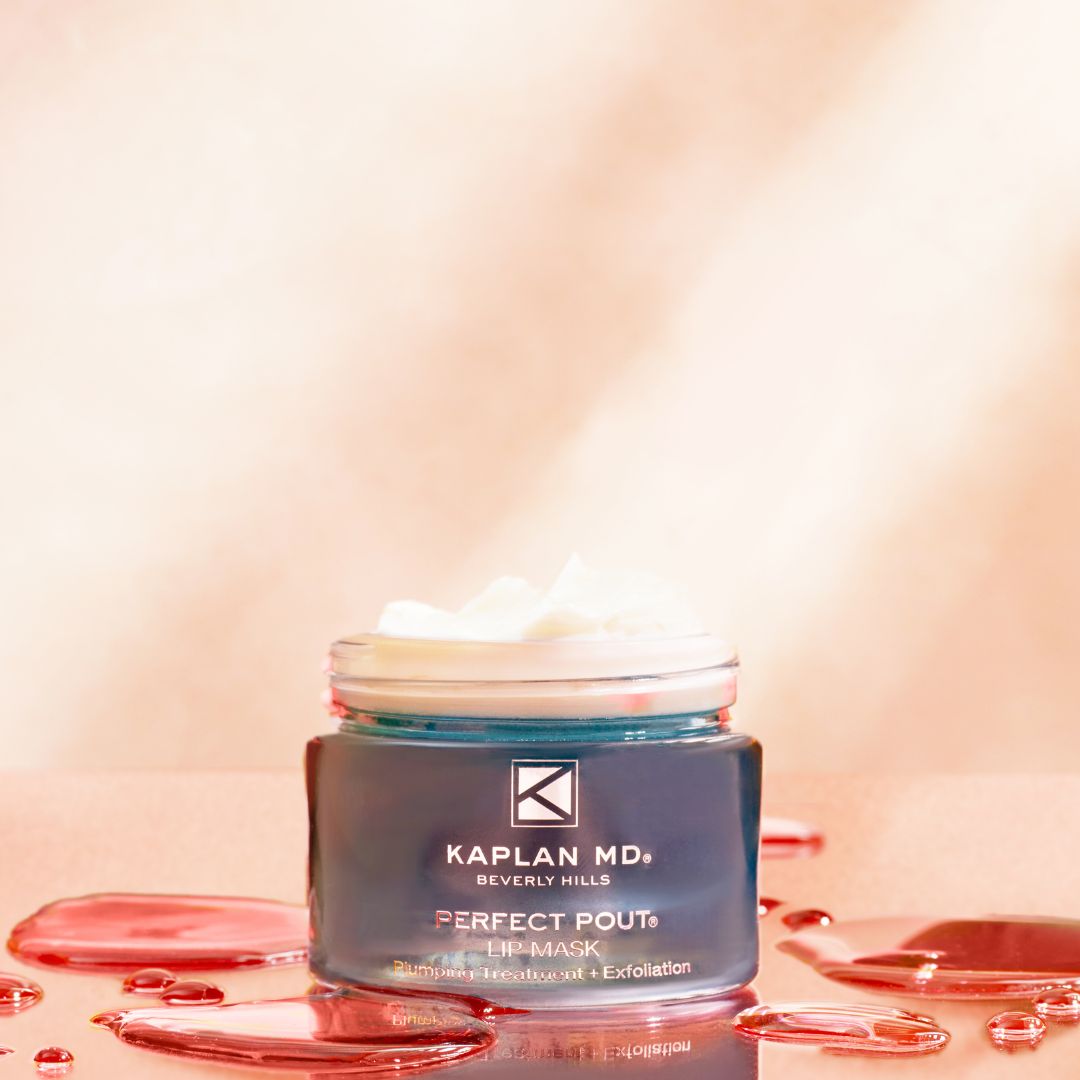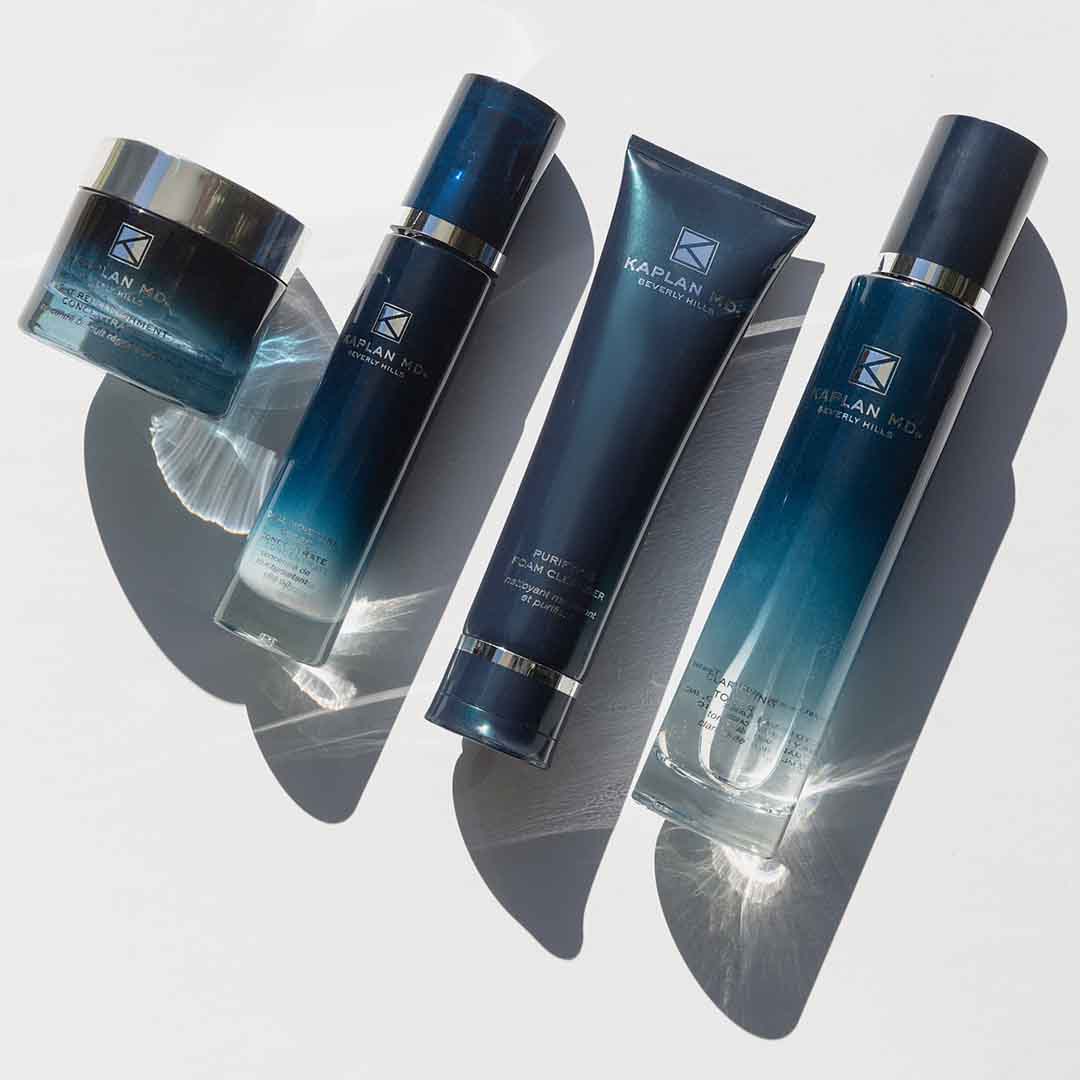Your Cart is Empty
Hurry! 35% Off for a Limited Time Only. Shop Now
Hurry! 35% Off for a Limited Time Only. Shop Now
Bestsellers
Skincare
Collections
Why you should NEVER put Q-Tips inside your ears...
January 21, 2016 7 min read
Years ago, my mother complained about a terrible earache. The pain was unbearable. And it wouldn't go away—for a week, she walked around with a debilitating ringing in her head.
Eventually, she recalled to me the other day, the discomfort led her to a doctor, who carefully pushed an otoscope into her ear. Within seconds, he pulled it out and looked her in the face.
"Have you been putting Q-tips in your ears?" he asked with a disapproving tone.
Like so many others, my mother had been using Q-tips to clean her ears. But in doing so, she was also messing with a natural process. Her ear was hurting because she had an ear infection, and there's a decent chance her routinely using Q-tips had helped cause it.
"Promise me something," the doctor told her. "Promise me you'll never put another Q-tip inside of your ear."
Q-tips are one of the most perplexing things for sale in America. Plenty of consumer products are widely used in ways other than their core function—books for leveling tables, newspapers for keeping fires aflame, seltzer for removing stains, coffee tables for resting legs—but these cotton swabs are distinct. Q-tips are one of the only major consumer products, if not the only, whose main purpose is precisely the one the manufacturer explicitly warns against.
The little padded sticks have long been marketed as household staples, pitched for various kinds of beauty upkeep, arts and crafts, home-cleaning, and baby care. And, for years, they have carried an explicit caution—every box of Q-tips comes with this caveat: "do not insert inside the ear canal." But everyone—especially those who look into people's ears for a living—know that many, if not most, flat out ignore the warning.
No one told us not to
While Q-tips were never sold for use deep inside the ear, it took around half a century for manufacturers to explicitly warn against it.
The versatile little household staple was the brainchild of a man named Leo Gerstenzang, who thought to wrap cotton tightly around a stick after watching his wife preen their young child. She was using a toothpick with a cotton ball on the end to carefully apply various things to the baby, a clever but easily improved trick.
In 1923, Gerstenzang introduced Baby Gays, the first sanitized cotton swabs. They were similar to those sold today, save for a few key differences. They were made of wood, instead of plastic or paper; they were single-, not double-sided; they were meant to be used for baby care, rather than everything under the sun; and, most importantly, they didn't discourage putting them inside of ears.
In the years that followed, many things changed, including the name, which was shortened to just Q-tips; the material, which shifted to paper; and the marketing, which broadened to include all sorts of other household uses. But one thing didn't: the absence of a warning.
It wasn't until sometime in the 1970s that boxes began to caution against sticking the things inside of ears. A vintage box from shortly after the new labeling practices says "for adult ear care" on the front. But the box also sports direction's on the back advising against using them inside of the ear canal. Today, the warnings are even more explicit. They say, rather unambiguously, "do not insert to swab into ear canal."
What exactly prompted the change is unclear. There is no record of a publicized case around that time in which a Q-tip was blamed for damage to someone's ears. Nor does Unilever, which now owns the brand, attribute the shift to anything in particular.
But the impetus for the switch must have come, at least in part, from an understanding that many people were misusing the cotton swabs. The earliest boxes were intended for baby care, but for decades the product was also pitched for many other tasks — including as an ear cleaning tool for adults.
Despite the cautionary label that was added to packaging, Q-tips were still—as they had been for decades—marketed as a tool for ear cleaning.
The twisted pleasure of cleaning your ears
We continue to twist Q-tips in our ears thanks to a simple truth: it feels great. Our ears are filled with sensitive nerve endings, which send signals to various other parts of our bodies. Tickling their insides triggers all sorts of visceral pleasure.
But there's more. Using Q-tips leads to what dermatologists refer to as the itch-scratch cycle, a self-perpetuating addiction of sorts. The more you use them, the more your ears itch; and the more your ears itch, the more you use them.
Fitzgerald, the otolaryngologist, said that the heart of the problem is a fundamental misunderstanding. Fitzgerald believes manufacturers have helped propagate, even if unintentionally, by talking in advertisements about their use in ear cleaning.
"People have been led to think that it's normal to clean their ears—they think that ear wax is dirty, that it's gross or unnecessary," he said. "But that's not true at all."
Fitzgerald likens ear wax to tears, which help lubricate and protect our eyeballs. Wax, he says, does something similar for the ear canal, where the skin is thin and fragile and highly susceptible to infection.
"Your body produces it [ear wax] to protect the ear canal," said Fitzgerald. "What you're taking out is supposed to be in there. There's a natural migration that carries the wax out when left alone."
Even if our ears were meant to be cleaned, the truth is that Q-tips would still be a terrible thing to use, he says. The shape, size, and texture of cotton swabs are such that inserting them into your ears tends to push wax inwards, toward your eardrum, rather than woo it out.
"Pushing wax in, as Q-tips tend to do, can induce hearing loss," said Fitzgerald. "They can also be inserted too deeply and rupture the eardrum or damage the small middle ear bones, both of which happen more than you would think."
For this reason, the American Academy of Otolaryngology listed cotton swabs as an "inappropriate or harmful intervention," even when earwax needs to be forcibly removed from the ear,in its 2008 guidelines.
An earache for patients, a headache for doctors
It's surprisingly hard to figure out how often people hurt themselves by putting Q-tips in their ears each year.
The Consumer Protection Safety Commission (CPSC) tracks injuries associated with all sorts of household goods, including cotton balls, which resulted in approximately 1,659 injuries last year, according to a report released this month. But it doesn't, for reasons unclear, track those associated with cotton swabs.
Swabs, a CPSC representative explained by email, "are not under CPSC’s jurisdiction as they are considered a medical device." Medical devices, she said, are overseen by the FDA.
On the FDA's website, it does say that swabs are classified as medical devices because they're "used to apply medications to, or to take specimens from, a patient." But it also says the same for cotton balls.
Neither the FDA nor the CPSC could explain why the commission was tracking injuries associated with cotton balls, but not cotton swabs. The CPSC suggested reaching out to the FDA. The FDA suggested reaching out to the CPSC. In the end, no one had an answer.
But the discrepancy has a significant effect: it means it's much harder to quantify the number of Q-tips-related injuries that occur each year in the United States. The FDA houses complaints on its website but doesn't add them up.
"It would be very tedious to figure out how many injuries associated with cotton swabs were reported each year," said Deborah Kotz, an FDA spokesperson.
Kotz suggested searching the agency's database for reports, which turned up several instances in which people had incurred injuries after using cotton swabs inside of their ears and bothered to file a report. In one case, a patient filed a complaint after cleaning their ears "for the first time as recommended by a friend." In another, a consumer complained that the cotton had separated from the stem.
But doctors don't need an official database to know that cotton swabs are a problem.
"Everyone puts them inside their ears, but no one should," said Fitzgerald, the otolaryngologist. "They're one of most common contributors to ear problems."
A 2011 study by Henry Ford Hospital found a direct association between the use of cotton swabs inside ears and ruptured eardrums. It also noted that "more than half of patients seen in otolaryngology (ear, nose and throat) clinics, regardless of their primary complaint, admit to using cotton swabs to clean their ears."
Fitzgerald, who said he can immediately tell when someone has been using Q-tips, lamented that the warnings aren't working.
"I can't tell you the number of times I've told someone to never put them in their ears and then been told that they had no idea," he said.
Q-tips are here to stay
Today, there is not a single ear on the official Q-tips website. There's a woman using the cotton swabs to apply makeup to her lips, another using them for nail polish, a dog, a baby, and a sparkling clean living room, among other things.
The variety reflects Q-tips business strategy, which increasingly has been driven by a desire to broaden the product's appeal.
"People may use it [Q-tips] for ear cleaning, but we instruct against it," Stanton, the Unilever spokesperson, said.
The problem, of course, is that people do. Barbara Kahn, who teaches marketing at the Wharton School of Business, said it's particularly difficult to change how people perceive Q-tips because they are such a historic brand.
"They're trying to change how people think of the product, to build a brand that's separate from the original and inappropriate use, but that's really hard when everyone knows a product and thinks about it in a certain way," she said. "If people are telling others to use Q-tips for their ears, if that message is coming through virally through videos or some other media, or just moving from customer to customer, that's a very powerful thing they can't control."
She added: "There's really no way to stop it short of taking the product off the market, which they're obviously not going to do."
Fitzgerald agrees.
"If it were up to me, they wouldn't be on the market," he said. "When I treat people with recurring ear problems, I make them promise they're going to throw away their Q-tips and never buy them again. The ones who keep coming back with infections are the ones who don't listen."
Via Washington Post: https://www.washingtonpost.com/news/wonk/wp/2016/01/20/we-have-a-q-tips-problem/
Also in Medical
Get 15% Off Your First Purchase
Stay in the loop with exclusive discounts, expert skincare tips, the latest news, and more. Don't miss out on the opportunity to elevate your skincare routine and save on your favorite products.











